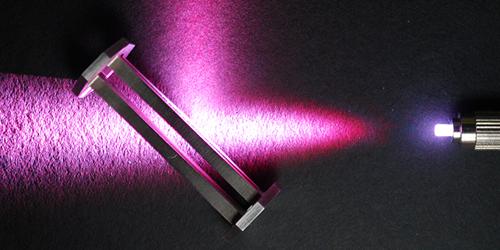Atomic ions can be isolated from their environment through laser-cooling and trapping, making them useful for quantum information processing, precision measurement, and quantum sensing. Qubits, defined by pairs of long-lived states where quantum superpositions can be maintained, are prepared, manipulated, and interrogated with electromagnetic fields. A variety of atomic ion species have been used as qubits. Hyperfine qubits with nuclear spin I = 1/2 have demonstrated the longest qubit coherence times with simple, robust laser manipulation of the trapped ion qubit. Other hyperfine qubits (I ≠ 1/2) have easily-prepared, long-lived metastable electronic excited states, and simple discrimination between these states and the electronic ground states results in the highest fidelity readout of a trapped ion qubit. However, none of the naturally- occurring, atomic ions with nuclear spin I = 1/2 have these excited states that are simultaneously long-lived and easy to prepare. In addition, the optical transitions of the naturally-occurring spin I = 1/2 nuclei are in the ultra violet, where appreciable laser power is difficult to obtain. We demonstrate loading and cooling of an artificial, I = 1/2 species of barium with visible wavelength lasers: 133 Ba + . Using a single trapped atom of 133 Ba + , we measured the isotope shifts and hyperfine structure of the laser-cooling transitions near 493 nm and 650 nm. An efficient loading technique was used to trap this radioisotope without requiring hazardous amounts of source material. This ion has nuclear spin I = 1/2, easily-prepared and long-lived metastable excited states, and utilizes visible wavelengths for laser cooling. 133 Ba + offers the tantalizing possibility of being the optimal trapped atomic ion qubit as it simultaneously combines the advantages of many different ion qubits into a single system. We experimentally demonstrate the first qubit manipulations of this atom and achieve the lowest error rate single qubit of any quantum bit on any platform .


